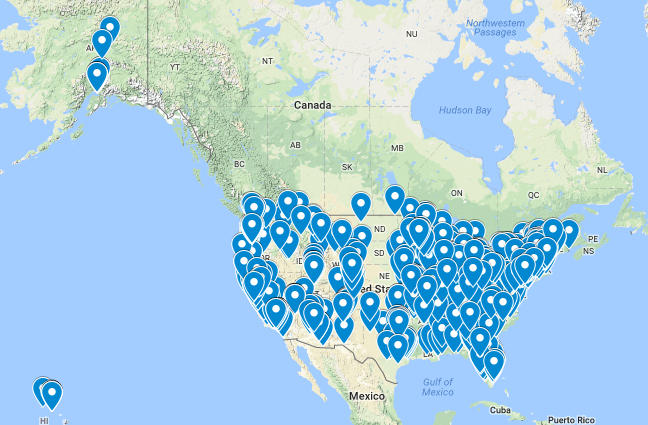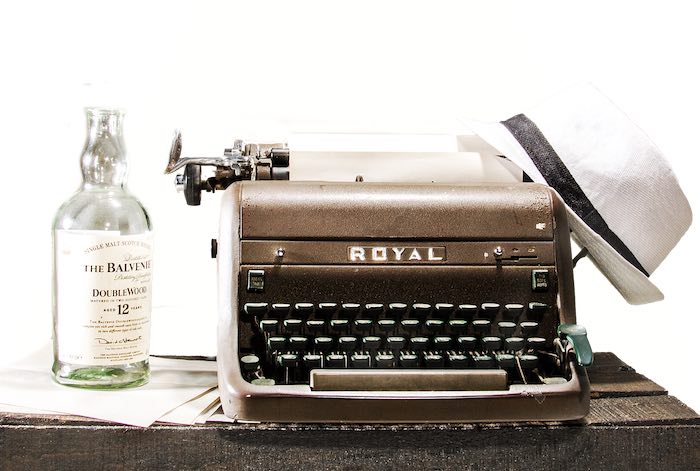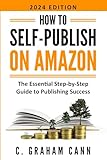Discoverability: Goodreads
In the tumultuous new world of book publishing, discoverability has become a common buzzword, and a necessary concept to understand in book marketing. This article, the first in a series on discoverability, discusses how to use Goodreads to help readers find you.

In the tumultuous new world of book publishing, discoverability has become a common buzzword, and a necessary concept to understand in book marketing.
In a day when anyone can publish a book, and unprecedented numbers are self-publishing, it's more important than ever to make sure you can be found by the people most likely to enjoy reading your book.
In the past, that meant getting your book (hopefully face out) on the right shelf in bookstores, and a book review or two in the New York Times or Publishers Weekly.
Today, it's a lot more complicated.
It means showing up for the right queries in Amazon, it means getting reviews by prominent book bloggers in your genre, it means latching on to social media and using the profiles of other writers in your genre to propel yourself in front of an audience.
It means you need to have been participating on Amazon and Goodreads and blogging and building a following since forever, if not longer.
It means getting as much media attention as you can when press release distributors are sending out thousands of releases a day just like yours.
It sounds like you need to be everywhere doing everything all at once. And if it were possible, that would be ideal.
But for those of us on a planet with a 24 hour day, there's only so much you can do.
The good news is that if you can find a few places where you can excel, and add a few extra bits here and there along side that each week, you can probably do a relatively good job of spreading the word about your book.
This is the first article in a series discussing different sites and marketing activities you can do before and after your book hits the shelves.
Goodreads.com
Goodreads is the premier social media site for book lovers. If you're looking to connect with readers, this is the place you want to be.
You can start promoting yourself with Goodreads before your book is published. In fact, it's better to start up your account as just a reader, even if you've got a few books on Amazon already, just to get a feel for the community. Nothing is worse on any social network than the "drive by marketers" who show up to plug their stuff, then disappear until the next time they want to sell you something. Don't be one of those people.
When you first sign up for Goodreads, work on building your friends list. Pull in friends from Twitter and Facebook, and start adding books you've enjoyed to your booklist, and find people who've enjoyed the same books as you and friend them.
Fill out your profile as completely as possible. Add your website or blog, some information about you, and a picture of yourself. Do not put up a book cover instead of a picture of you. Be a person!
Be a cheerleader for authors you like on Goodreads. Get a feel for the community, and participate and interact as much as you can without promoting at all. Be there consistently and actively to build your account naturally.
After you've gotten used to the day-to-day flow of Goodreads and integrated it into your schedule, find two or three groups to join. When you first go looking for groups, it might be tempting to join many of them, but unless you've got some pills that extend your day past 24 hours, you won't be able to keep up with all of them well enough to make an impact. Keeping your groups down to just a few of the most essential for your niche will let you participate fully without getting overwhelmed.
Each group you join will ask you to write an introduction in a folder designed for that purpose. Be sure to do this. It's ok to say you've got a book in the works, as long as you include other information about yourself as well.
Once you've gotten comfortable with Goodreads and your friends are talking to you and with you about books, it's time to set up your author account.
All you need to do is locate your book and click the link that indicates that you are the author of that book, and follow the directions for setting up your author page. There are lots of things to add, so be sure to fill out as much as you can as well as you can, since this will be your first introduction to many readers. Make it a good one.
Be sure to link your blog's RSS feed in Goodreads. That way, every time you post to your own blog, and excerpt and link will appear on Goodreads for your friends and fans to see.
You should also use the widgets from Goodreads on your own blog to keep people engaged in both platforms.
You can also use your Goodreads author account to add events like book signings and readings or even your blog book tour. If you have past events you've got video of, you should post those to the video section, along with any interviews or book trailers you may have for your titles.
But the most valuable thing you can do on Goodreads to make your book discoverable is setting up giveaways.
Goodreads users love winning free books, and a book giveaway can put your book in front of thousands of people who want to win a copy.
Goodreads has a setup where they do all the hard work for you, and even select the winners. Keep in mind, though, that this needs to be a print book, since the book giveaway form does not accept ebook giveaways.
If you've got an ebook to give away, there are folders on Goodreads that will help you do that too!
Although book giveaways pretty much promote themselves, you can get extra exposure by purchasing inexpensive paid ads in the sidebar. Goodreads says that combining an ad with a giveaway can generate 56% more entries than a giveaway alone.
However you choose to use Goodreads, the one thing you certainly shouldn't do as an author is ignore it.
Read These Next
Map of Publishing In the USA
Publishing has been, historically, an urban activity. Curious about whether the current growth of independent and small publishers is bucking that trend, I decided to import some data on US publishers into Google Maps. This is the result.
Notes on the Romance Publishing Industry
On the top of popular fiction charts sits the often disrespected romance genre, but these stories of love and happily-ever-after manage to keep many publishers afloat, as readers purchase from publishers both large and small.
Beginning and Ending Your Story
Elinor Glyn, in the early half of the 20th century, considered the "world’s greatest writer of love stories." Over the course of her writing career she published 31 novels and had 9 movies made from her work. She was criticized rather frequently by the literary press, as are many popular writers today. In 1922, The Author’s Press put out a four volume course written by Glyn on how to write novels, stories and screen plays. This is an excerpt from the second volume.







 Self-Publishing For Dummies (For Dummies: Learning Made Easy)
Self-Publishing For Dummies (For Dummies: Learning Made Easy) Self Publishing To Amazon KDP In 2023 - A Beginners Guide To Selling E-books, Audiobooks & Paperbacks On Amazon, Audible & Beyond
Self Publishing To Amazon KDP In 2023 - A Beginners Guide To Selling E-books, Audiobooks & Paperbacks On Amazon, Audible & Beyond Self Publishing To Amazon KDP In 2024 - A Beginners Guide To Selling E-books, Audiobooks & Paperbacks On Amazon, Audible & Beyond
Self Publishing To Amazon KDP In 2024 - A Beginners Guide To Selling E-books, Audiobooks & Paperbacks On Amazon, Audible & Beyond Write. Publish. Repeat. (The No-Luck-Required Guide to Self-Publishing Success)
Write. Publish. Repeat. (The No-Luck-Required Guide to Self-Publishing Success) Self-Publishing: The Secret Guide To Becoming A Best Seller (Self Publishing Disruption Book 2)
Self-Publishing: The Secret Guide To Becoming A Best Seller (Self Publishing Disruption Book 2) How to Self-Publish Your Book: A Complete Guide to Writing, Editing, Marketing & Selling Your Own Book
How to Self-Publish Your Book: A Complete Guide to Writing, Editing, Marketing & Selling Your Own Book How to Self-Publish on Amazon: The Essential Step-by-Step Guide to Publishing Success
How to Self-Publish on Amazon: The Essential Step-by-Step Guide to Publishing Success Successful Self-Publishing: How to self-publish and market your book in ebook and print (Creative Business Books for Writers and Authors)
Successful Self-Publishing: How to self-publish and market your book in ebook and print (Creative Business Books for Writers and Authors) Self-Publishing Simplified: How to Publish a Book on Amazon KDP for Beginners
Self-Publishing Simplified: How to Publish a Book on Amazon KDP for Beginners Self-Publisher's Legal Handbook: Updated Guide to Protecting Your Rights and Wallet
Self-Publisher's Legal Handbook: Updated Guide to Protecting Your Rights and Wallet